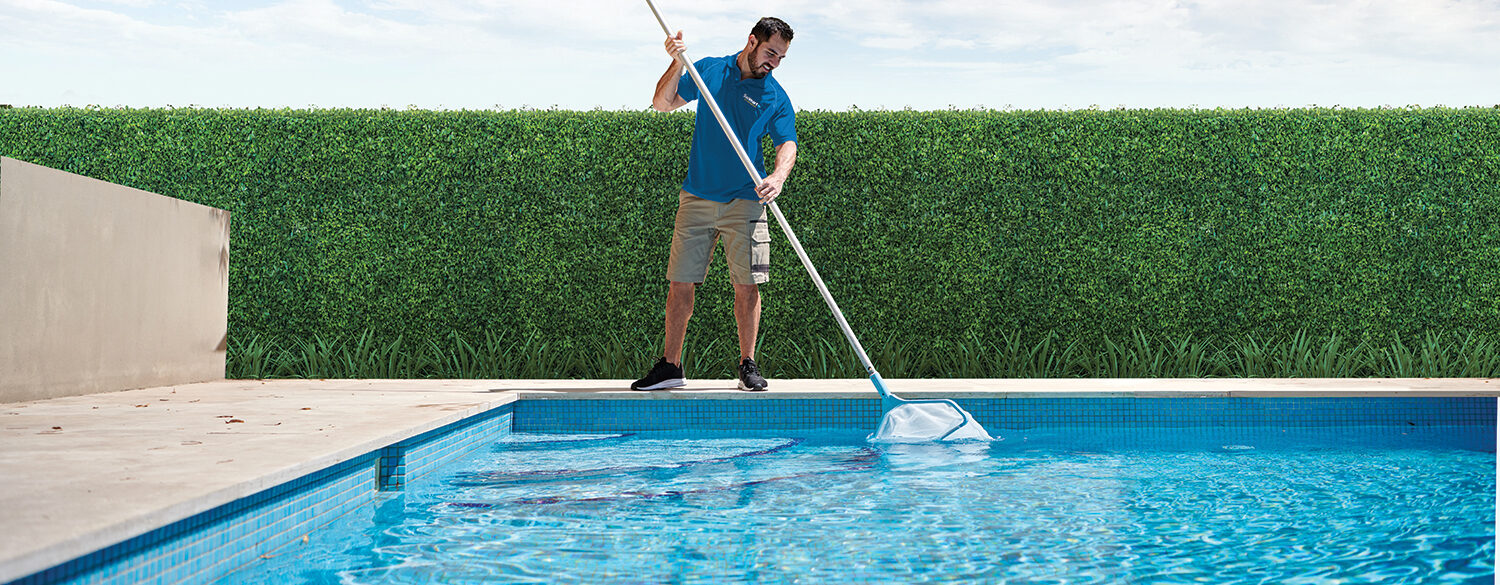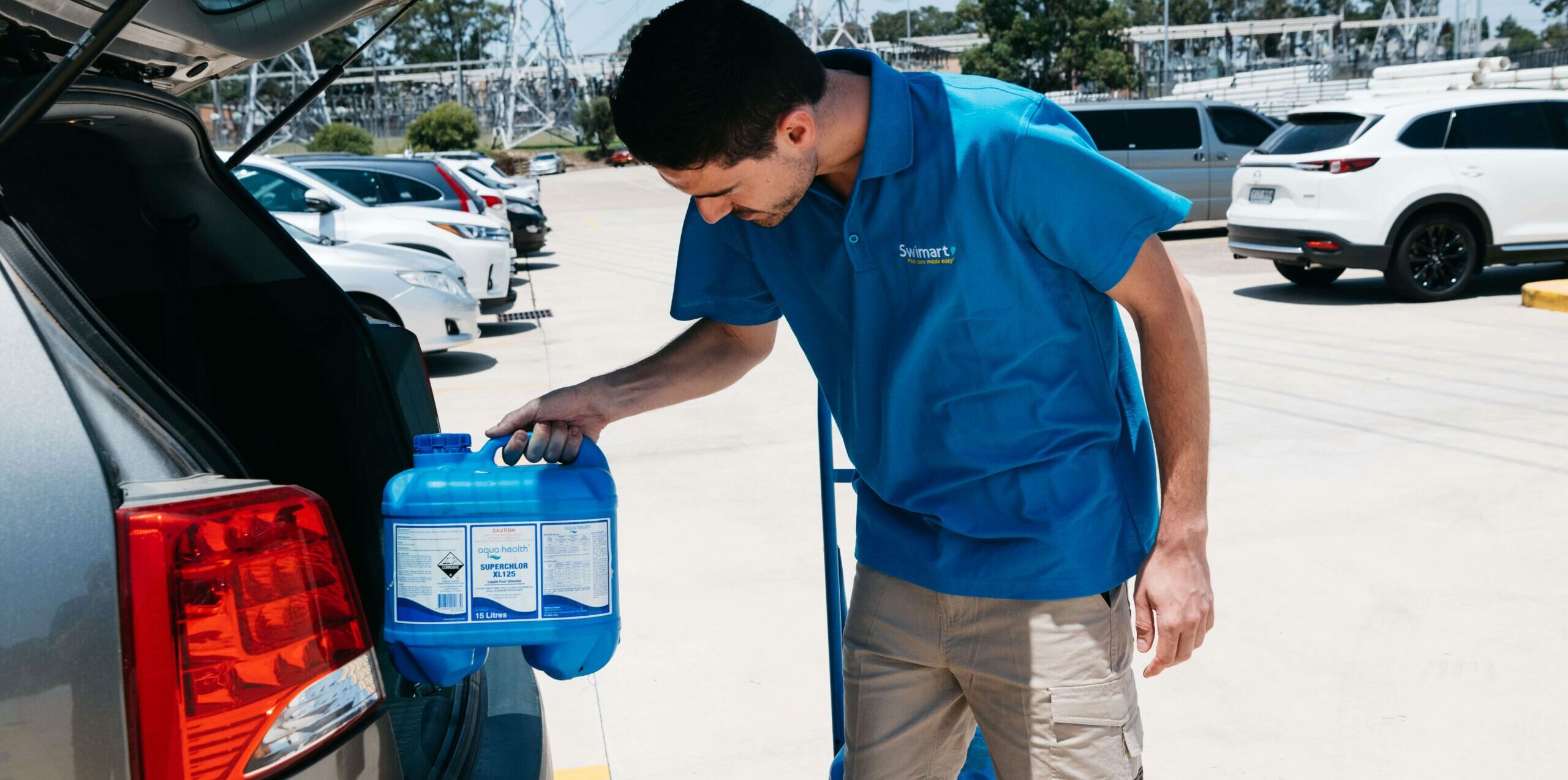DIY Tips
Tips for first-time pool owners
28 April 2017
While many Aussies were lucky to grow up with a pool in their backyard, there are plenty more who did not. So, for people who have moved into a new home with an existing pool, or have just installed one on their property, the thought of maintaining a pool for the first time can seem daunting.
Even if you’re renting a home with a pool in the backyard, it’s important to understand how it works and what you need to do to keep it clean, healthy and, most importantly, safe to swim in.
If any of these apply to you, then the best advice we can give you is to be well-informed. A knowledgeable pool owner rarely has problems, and if they do, they know how to solve them – and know when to call their local Swimart pool professional!
Here’s a very brief outline of the main processes that keep a pool operating. We’ll try and keep the technical jargon to a minimum and focus on what really matters: how to keep your pool clean and healthy with minimal effort.
Sanitation
Correctly balanced water, also known as pool chemistry, is essential when considering the long-term effect on pool finishes, exposed metal, and pool and spa equipment. If water is out of balance it will either be corrosive or scale forming. Either way, it can be detrimental to the management of the pool.
Also, untreated water is a breeding ground for potentially dangerous bacteria, which can trigger infections like ‘swimmers ear’ and lead to serious conditions including poliomyelitis and meningitis.
There are three main factors that contribute to sanitised pool water:
- pH
- Total Alkalinity
- Calcium Hardness
Now, before you go adding chemicals, you need to test your water first, which is very easy to do if you have a test kit like this. If you don’t have the right equipment, then simply take a water sample from elbow deep to your local Swimart store where a professional will analyse the water and explain how and when to do it at home.
Filtration
Your swimming pool needs an efficient filtration system to remove dirt, debris and other contaminants, and prevent the growth of harmful, waterborne bacteria. This is achieved with a pump and a filter, which work together to create crystal clear, inviting pool water.
Without adequate filtration, suspended (undissolved) solids in the water create an unsightly and unhealthy cloudiness. These can include dust, pollen, mineral salts such as calcium and magnesium, algae (dead and alive), and other organic material such as sweat from swimmers.
The pump is considered the heart of the filtration system, while the filter – be it sand, cartridge, Diatomaceous Earth (DE), Glass Pearls or Zeoplus – completes the process.
Cleaning
Emptying the skimmer basket, scooping leaves from the water, scrubbing algae off the sides and vacuuming dirt and debris from the pool – together these help keep your pool clean, and your pricey pool equipment functioning properly.
The key to pool cleaning is regular, routine care. Even if you decided to outsource maintenance to a professional pool care company like Swimart, you will still need to do a couple of things each week to ensure your pool stays in good condition for years.
Now that you have a basic understanding of your new pool, we suggest that you visit your local Swimart store to find out if you need to top-up any pool chemicals, or organise a site visit so we can have a look at your pool equipment to see it’s all in working order.


 AUS
AUS NZ
NZ 


